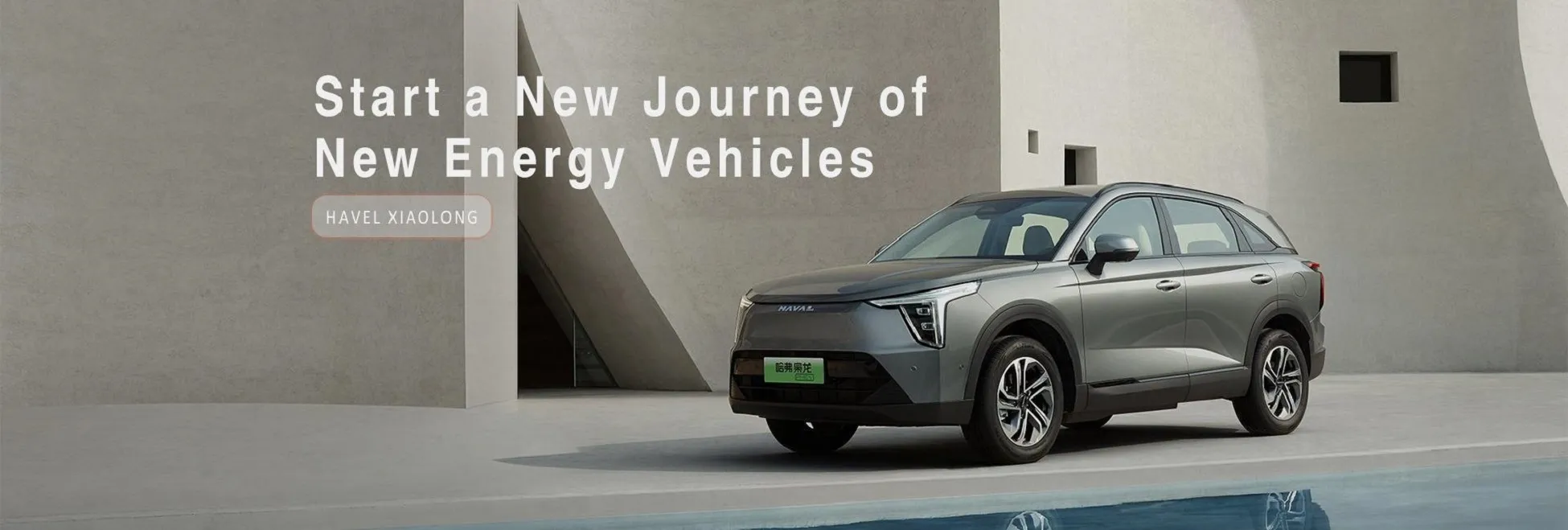China remains the world’s top automotive exporter, offering competitive pricing, advanced technology, and a diverse range of vehicles—from electric cars (EVs) to commercial trucks. If you’re planning to import vehicles from China in 2025, follow this streamlined process to ensure a smooth transaction.
Step 1: Research & Supplier Selection
Identify Your Needs – Determine vehicle type (EVs, hybrids, SUVs, trucks, etc.), budget, and target market demand.
Find Reliable Suppliers – Source manufacturers (e.g., BYD, Geely, SAIC, Great Wall Motors) or verified trading companies via:
Alibaba, Made-in-China, Global Sources (B2B platforms)
Canton Fair & Auto Exhibitions (e.g., Beijing/Shanghai Auto Show)
Direct Manufacturer Contacts (via official websites or trade agencies)
Tip: Verify suppliers’ export licenses, certifications (ISO, CE, EEC), and compliance with your country’s standards.
Step 2: Negotiation & Contract Signing
Key Contract Terms:
Price (FOB, CIF, or DDP) – Clarify Incoterms (who handles shipping & insurance).
Payment Terms – Typically 30% deposit, 70% before shipment (use L/C for security).
Delivery Timeline – Confirmed production & shipping schedule.
Quality Assurance – Inspection rights (SGS, BV, or third-party checks).
Step 3: Shipping & Logistics
Choose Shipping Method:
Roll-on/Roll-off (RoRo) – Cost-effective for large volumes.
Container Shipping – For smaller orders or high-value vehicles.
Air Freight – Fast but expensive (suitable for prototypes/luxury cars).
Export Documentation:
- Commercial Invoice
- Packing List
- Bill of Lading (B/L)
- Certificate of Origin
- Export License (if required)
Step 4: Customs Clearance & Import Duties
Key Requirements:
- Import License (check local regulations).
- Vehicle Homologation (emission & safety compliance, e.g., EU Whole Vehicle Type Approval (WVTA), US DOT/NHTSA standards).
- Customs Duties & Taxes – Vary by country (e.g., EU: 10%, USA: 2.5%-25% depending on vehicle type).
Tip: Work with a customs broker to streamline clearance.
Step 5: Post-Import Compliance & Sales
Final Steps:
✔ Local Registration – Ensure vehicles meet national roadworthiness standards.
✔ Warranty & After-Sales – Confirm supplier support for spare parts & repairs.
✔ Marketing & Distribution – Partner with dealerships or sell directly via e-commerce (e.g., Amazon, local platforms).
Why Import from China in 2025?
✔ Cost-Effective Pricing – Competitive factory-direct rates.
✔ EV & Tech Leadership – China leads in electric & smart vehicle innovation.
✔ Efficient Supply Chain – Fast production & global shipping networks.
Start Importing Now!
Contact certified suppliers or trade agencies today for a seamless vehicle import experience.


